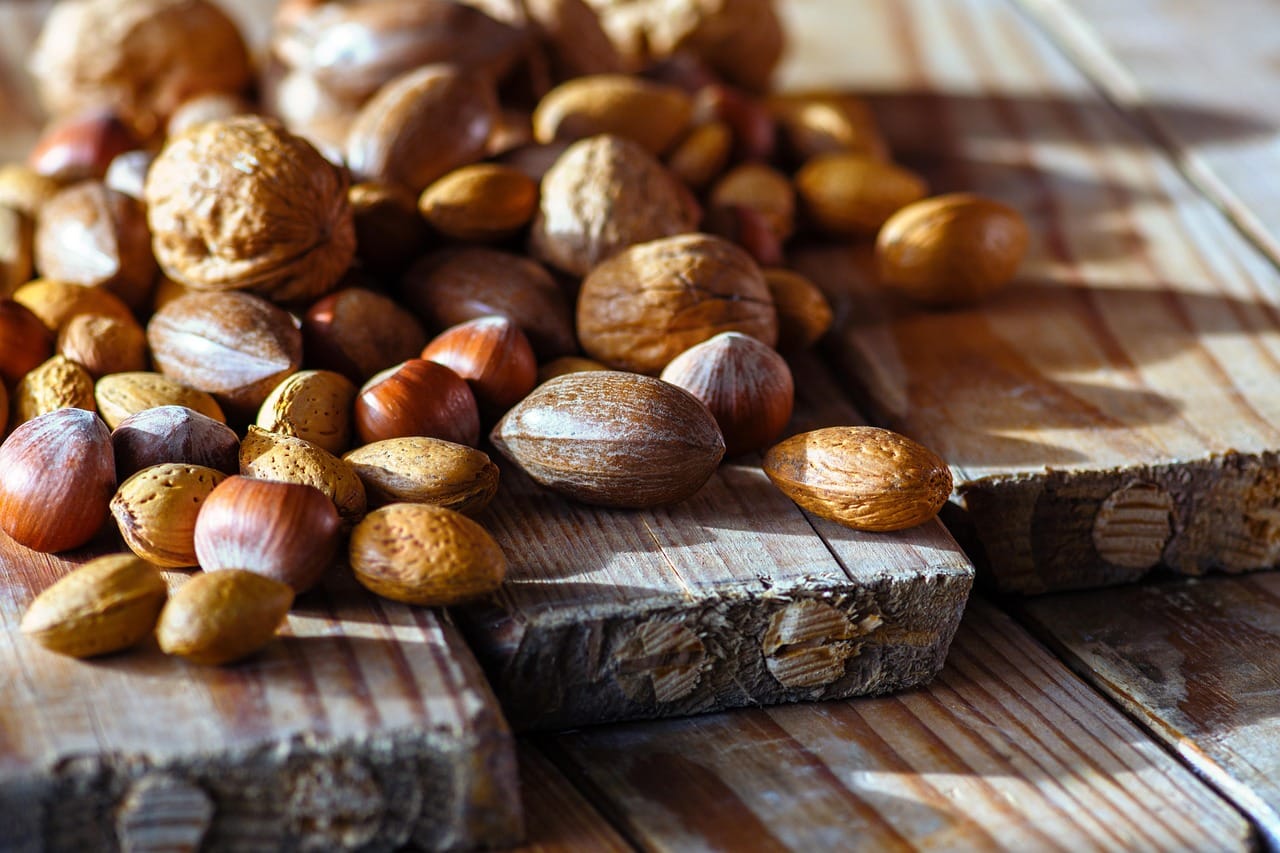Tuna salad: it’s a lunchtime staple, a picnic essential, and a quick dinner solution. But beyond its convenience lies a world of possibilities. From classic recipes passed down through generations to innovative flavor combinations, tuna salad offers endless opportunities for culinary creativity. This guide will take you through everything you need to know to create the perfect tuna salad, every time.
The Foundation: Choosing the Right Tuna
Types of Tuna
Selecting the right tuna is the first and most crucial step. The type of tuna drastically impacts the flavor and texture of your salad.
- Albacore: Known for its firm texture and mild flavor, albacore tuna is a popular choice for those who prefer a less fishy taste. It’s typically canned in water or oil.
- Skipjack: Skipjack tuna has a stronger, more pronounced flavor compared to albacore. It’s generally more affordable and widely available.
- Yellowfin: While less common in canned form for tuna salad, yellowfin offers a rich, buttery flavor when used fresh or seared and then flaked.
Tuna Packed in Oil vs. Water
The packing liquid significantly affects the overall taste and calorie content.
- Oil-Packed Tuna: Oil-packed tuna (usually olive oil) retains more moisture, resulting in a richer, more flavorful salad. However, it also adds significantly to the calorie count.
- Water-Packed Tuna: Water-packed tuna is a healthier option, as it has fewer calories. You may need to add a bit of healthy fat (like avocado oil mayonnaise) to maintain moisture.
- Actionable Takeaway: Experiment with both oil-packed and water-packed tuna to determine your personal preference. Consider the overall health profile and calorie count based on your dietary needs.
Building the Perfect Base: Mayonnaise and Beyond
Choosing the Right Mayonnaise
Mayonnaise is the traditional binder for tuna salad, but not all mayonnaise is created equal.
- Full-Fat Mayonnaise: Provides a rich and creamy texture. It’s a classic choice, but higher in calories.
- Light Mayonnaise: A lower-calorie alternative that still offers a good flavor.
- Avocado Oil Mayonnaise: A healthier option with a creamy texture and a slightly different flavor profile.
- Vegan Mayonnaise: For a plant-based option, vegan mayonnaise made from ingredients like soy or cashews works surprisingly well.
Alternatives to Mayonnaise
If you’re looking to reduce calories or simply want a different flavor profile, consider these alternatives:
- Greek Yogurt: Adds a tangy flavor and a creamy texture while boosting the protein content.
- Avocado: Mashed avocado provides a healthy and creamy base with added nutritional benefits.
- Hummus: Adds a savory, nutty flavor and a smooth texture.
- Sour Cream: A classic substitute when you’re looking for extra tanginess.
- Practical Example: For a Mediterranean twist, try combining tuna with mashed avocado, lemon juice, chopped cucumbers, and a sprinkle of feta cheese.
- Actionable Takeaway: Don’t be afraid to experiment with different binders to find your perfect balance of flavor and nutrition. Consider your dietary needs and preferences when making your selection.
Enhancing the Flavor: Add-Ins and Seasonings
Classic Add-Ins
The right mix of add-ins elevates tuna salad from basic to extraordinary.
- Celery: Provides a satisfying crunch and subtle flavor.
- Onion: Adds a sharp, pungent flavor. Use red onion for a milder bite or green onion for a subtle freshness.
- Pickles: Dill or sweet pickles add a tangy, crunchy element.
- Hard-Boiled Eggs: Provides a creamy texture and added protein.
- Lemon Juice: Brightens the flavor and adds a refreshing zest.
Creative Add-Ins
Thinking outside the box can lead to exciting new flavor combinations.
- Grapes: Adds sweetness and a burst of juicy flavor.
- Apples: Similar to grapes, apples offer sweetness and a crisp texture.
- Jalapeños: For those who like a kick, finely diced jalapeños add heat.
- Sun-Dried Tomatoes: Provides a chewy texture and an intense, umami flavor.
- Olives: Adds a salty, briny flavor.
Seasoning Essentials
Proper seasoning is crucial for balancing the flavors.
- Salt and Pepper: Essential for bringing out the natural flavors.
- Dill: A classic herb that complements tuna perfectly.
- Garlic Powder: Adds a subtle savory note.
- Paprika: Adds color and a smoky flavor.
- Red Pepper Flakes: A pinch adds a touch of heat.
- Actionable Takeaway: Start with the classic add-ins and experiment with one or two creative ingredients at a time. Taste and adjust the seasonings as you go.
Serving Suggestions: Beyond the Sandwich
Classic Sandwich
The most common way to enjoy tuna salad is in a sandwich.
- Bread: Choose your favorite bread – sourdough, whole wheat, or rye all work well.
- Lettuce: Adds a crisp texture and freshness.
- Tomato: Sliced tomato complements the tuna salad perfectly.
Alternatives to Bread
If you’re looking to reduce your carb intake or simply want a different serving option, consider these alternatives:
- Lettuce Wraps: Use large lettuce leaves (like romaine or butter lettuce) as wraps.
- Crackers: Serve tuna salad with crackers for a quick and easy snack or appetizer.
- Stuffed Avocado: Scoop out some of the avocado flesh and fill it with tuna salad.
- On Top of Salad Greens: Serve tuna salad as a protein topping for a garden salad.
- Celery Sticks: A crunchy and low-carb option.
Cooking Tips
- Prevent Soggy Sandwiches: Spread a thin layer of butter or mayonnaise on the bread to create a barrier against moisture.
- Chill Before Serving: Chilling the tuna salad for at least 30 minutes allows the flavors to meld together.
- Actionable Takeaway: Explore different serving options to find new ways to enjoy tuna salad. Get creative with your presentation and pairings.
Storage and Safety
Proper Storage
Proper storage is essential to prevent spoilage and ensure food safety.
- Refrigerate Immediately: Store tuna salad in an airtight container in the refrigerator as soon as possible after making it.
- Use Within 3-5 Days: Tuna salad is best consumed within 3-5 days of preparation.
- Avoid Leaving at Room Temperature: Do not leave tuna salad at room temperature for more than two hours.
Food Safety Tips
- Wash Hands Thoroughly: Wash your hands with soap and water before preparing food.
- Use Clean Utensils: Use clean utensils and cutting boards to prevent cross-contamination.
- Check Expiration Dates: Always check the expiration dates of ingredients before using them.
- Actionable Takeaway: Follow proper storage and food safety guidelines to ensure that your tuna salad is safe to eat. When in doubt, throw it out!
Conclusion
Tuna salad, in its simplicity, is a remarkably versatile dish. From understanding the nuances of different tuna types to experimenting with unique add-ins and serving suggestions, mastering the art of tuna salad is an adventure in flavor. By following these guidelines, you’ll be able to create a tuna salad that suits your individual tastes and preferences, whether it’s a quick weekday lunch or a delightful addition to your next gathering. So, go ahead, experiment, and discover your perfect tuna salad recipe!




